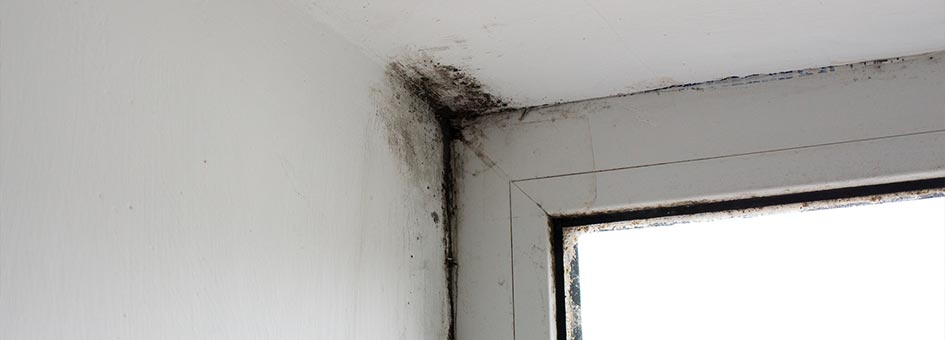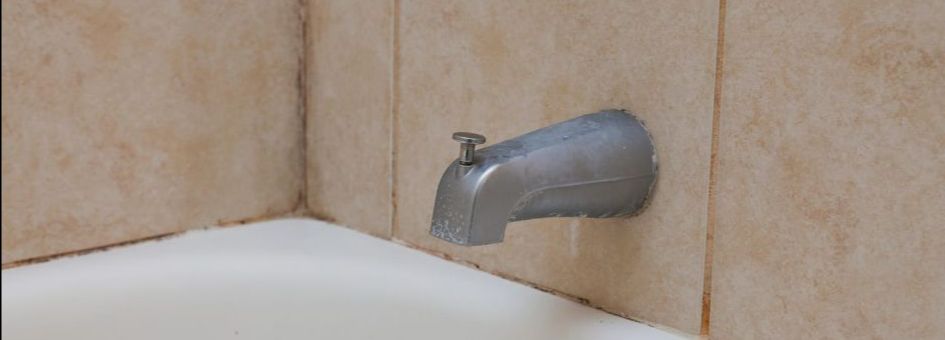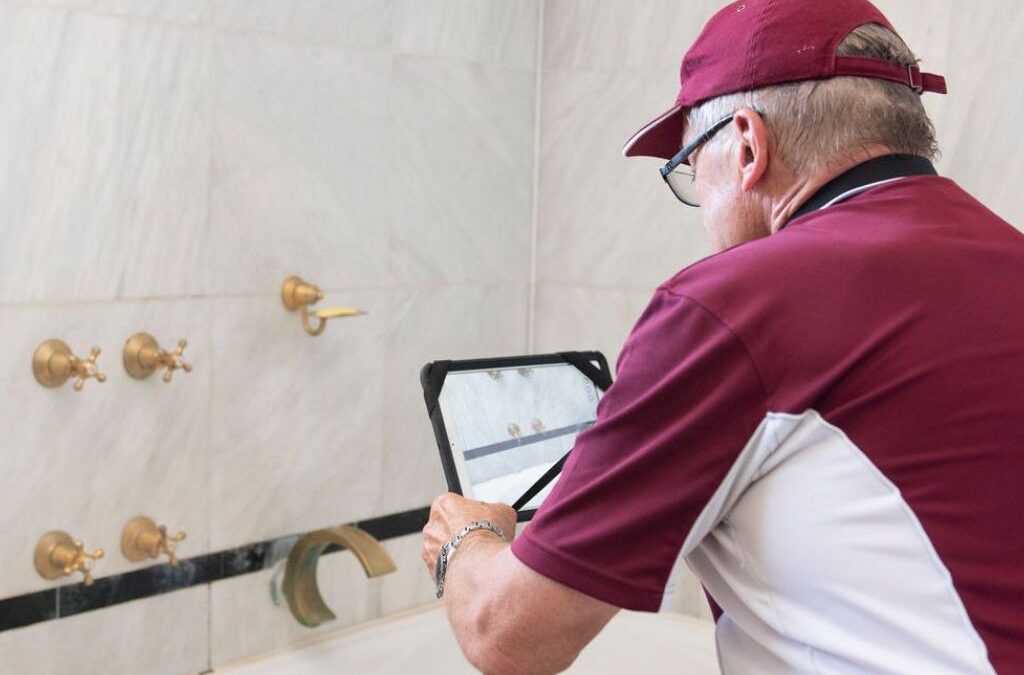Mould may seem like a minor nuisance, but in Western Australia’s climate, it can become a serious threat to your property and your health. At BCI WA, we’ve inspected thousands of homes across Perth and the wider state and have seen firsthand how mould, water ingress, and poor ventilation can lead to escalating issues if not addressed early.
If you’re a homeowner in Perth or regional WA, here’s what you need to know and the warning signs to watch for.
Why Mould Is a Real Concern in WA
Although WA has a relatively dry climate overall, coastal humidity, seasonal storms, and poor internal ventilation often create ideal conditions for mould, particularly in areas like bathrooms, laundries, ceiling spaces, and behind built-in furniture.
Unchecked, mould can:
- Deteriorate plasterboard, timber, and insulation
- Affect air quality and respiratory health
- Comprise property value and insurance compliance

5 Clear Signs Mould Might Be Growing in Your Home
1. Visible Mould Spots
Spotted dark patches on ceilings, walls, or window frames?
Look for patches on ceilings, walls, window frames, or skirting boards, especially in wet or poorly ventilated areas. These may appear black, grey, or green, and are often mistaken for surface dirt.
2. Persistent Musty Odour
Excessive moisture on glass, walls, or furnishings suggests inadequate ventilation. In WA, this is common in tightly sealed new builds and older homes without proper exhaust systems.
3. Condensation or Damp Patches
Constant condensation on windows, walls, or furniture is more than a nuisance. Humidity and poor ventilation create the ideal environment for mould to thrive. Spotting damp patches, especially in corners or behind large furniture, means it’s time to take action.
4. Recent Water Damage or Leaks
If your property has experienced a plumbing issue or storm damage, mould can begin developing in as little as 24 to 48 hours.
5. Signs of Deterioration
Peeling paint, bubbling plaster, warped flooring, or discoloured walls can be early indicators of water damage.

How to Stop Mould Before It Starts
1. Fix Water Ingress Immediately
Water entry is the leading cause of mould growth. Even minor leaks can cause major issues if left unaddressed.
Common areas to inspect and repair:
Shower recesses and bathrooms: Regrout tiles, reseal corners, and replace old silicone where it has lifted or cracked.
- Window and door frames: Check for deteriorated seals that allow rainwater in.
- Roof and gutters: Keep gutters clean and inspect for cracked tiles, rusted valleys, or dislodged flashings.
- External walls: Look for damp spots, render cracks, or failed expansion joints that may let water in behind cladding.
2. Improve Ventilation
A lack of airflow causes moisture to linger, especially in newer airtight homes or areas like bathrooms, laundries, and walk in robes.
What you can do:
- Install or upgrade exhaust fans and ensure they’re vented externally (not into roof space).
- Leave windows ajar after showers or use window locks that allow for secure ventilation.
- Use ceiling vents or door grilles to improve passive airflow between rooms.
- Consider a dehumidifier in problem areas.
3. Regularly Clean and Inspect High Risk Areas
Staying proactive with maintenance keeps mould at bay.
Tips:
- Wipe down tiled areas regularly with an anti-fungal solution.
- Check cabinetry in bathrooms and laundries for signs of swelling, damp smells, or softening materials.
- Ensure plumbing under sinks and behind appliances is watertight.
- Don’t ignore early signs like bubbling paint or discoloured walls, investigate immediately.
4. Maintain External Drainage
Prevent moisture from entering your property by managing external water flow.
- Ensure your property is correctly graded to divert water away from the foundation.
- Keep stormwater drains, downpipes, and soakwells clear and functional.
- Install overflow protection near air conditioning units or hot water systems.
Stay Ahead of Mould This Winter
-
Schedule regular inspections
-
Keep bathrooms and laundries well ventilated
-
Address even small leaks or condensation promptly
-
Consider adding or upgrading mechanical ventilation systems in older homes

